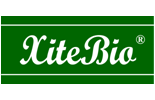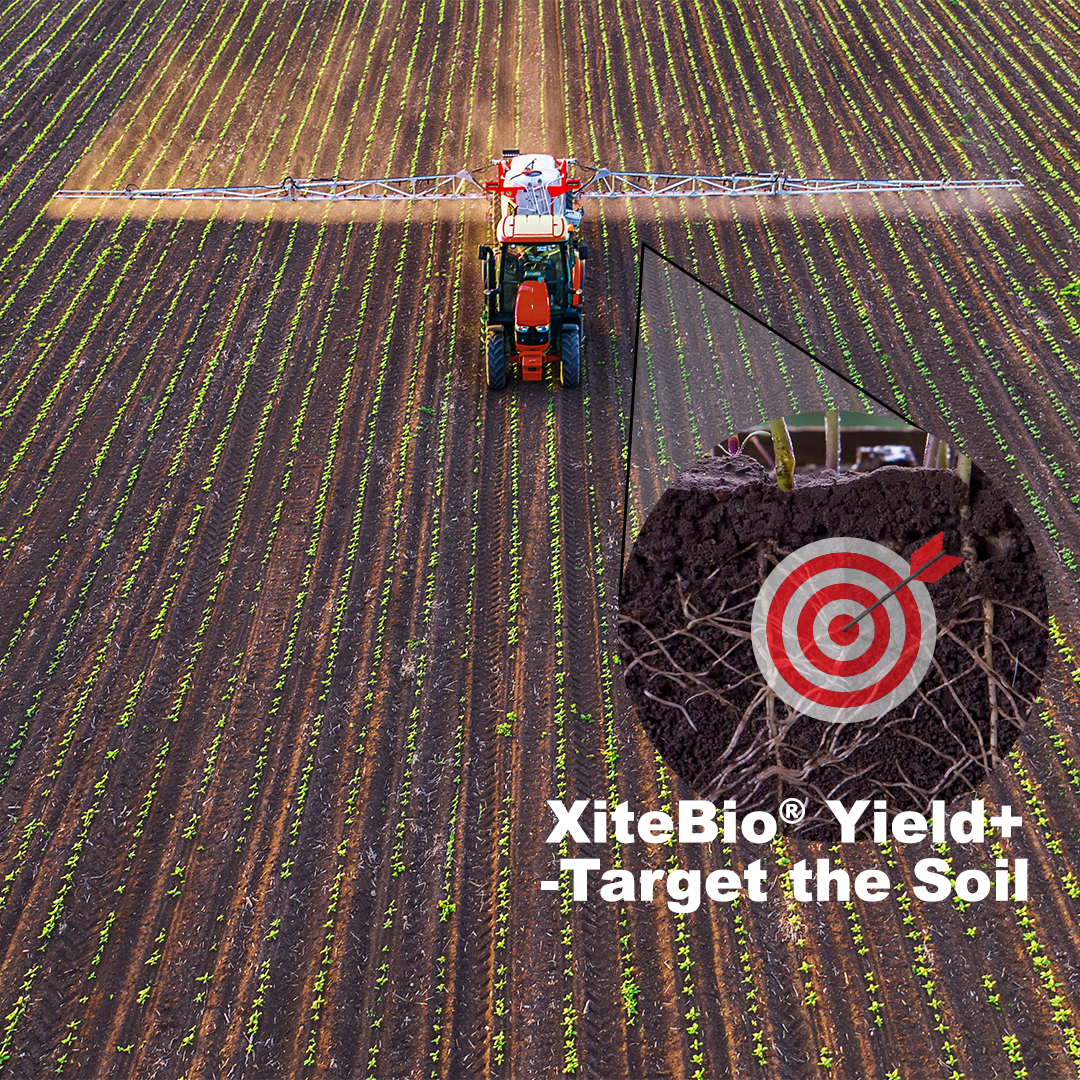What is the difference between a foliar application and an early-post (post-emergence) Plant Growth Promoting Rhizobacteria (PGPR) application? Essentially one works on a plant’s leaves while the other works on a plant’s roots. To get the best ROI out of your ag-biological products it is important to understand how they work so you can apply them in the most beneficial way.
While on-seed and in-furrow applications of ag-biological products are largely behind us for this season many farmers will still be applying crop inputs through the sprayer.
Ag-biological products often work in one of two ways when applied through the sprayer. They can be absorbed through the plant’s leaves which is called a foliar application, or they become active in the plant’s rhizosphere (root zone), these rhizobacteria are often referred to as PGPR (1).
Understanding the differences between these two products and how they work can help farmers to time their applications correctly and get the most out of their crop inputs.
Foliar inputs face two main challenges that can lead to variability in their effectiveness (2):
- Retention
- Penetration
Retention means the applied input needs to stay on the leaf instead of sliding off. Penetration means the applied input needs to penetrate the leaf’s surface to enter the plant and be effective. An effective foliar application needs to stay on the plant’s leaf long enough to penetrate the surface.
The PGPR technology by contrast only faces one challenge. It needs to be applied in a way that it touches the soil near the base of the plant.
As we saw in a previous blog once PGPR have reached the ground they travel through micropores in the soil through a process called chemotaxis. Chemotaxis is driven by the movement of the bacteria’s flagella to create a 3-dimensional walk biased by signals exuded by the plant roots (3). To explain that last sentence in layman’s terms: Some bacteria have little tails known as flagella. They wave these tails around to travel. While they don’t always travel in straight lines, they are able to, in a meandering way, travel in a certain direction. Since bacteria are motivated by external stimuli, they tend to move towards chemical signals (root exudates or sloughed off tissues, basically the substrates or bacterial food) produced by the plant roots in the rhizosphere.
Because PGPR need to reach the soil to be effective it is important to time their application correctly. We recommend that XiteBio® Yield+ (our PGPR P-solubilizing ag-biological) be applied in the 0-6 leaf stage. However, this can vary depending on the crop. “The ideal application timing for Canola is cotyledon to 4 leaf stage,” says Dave McAulay, Regional Sales Manager at XiteBio. “Corn works well anywhere from pre-emergent all the way to 6-leaf. In contrast the new varieties of cereals that are on the market are a lot more aggressive, so they fill in the seed row a lot quicker. For these varieties of cereals, we have found the best timing is pre-emergent to 3-leaf.”
Whether you choose an early-post PGPR application or a foliar application or of a combination of both, we hope this blog has helped to show how timing can make all the difference in ag-biologicals’ performance. If you have any questions regarding timing of your application of any of the XiteBio products, please contact one of our specially trained sales agronomists. You can find the sales agronomist for your region here. Together we can achieve healthier plants and better yields – this season & seasons to come.


